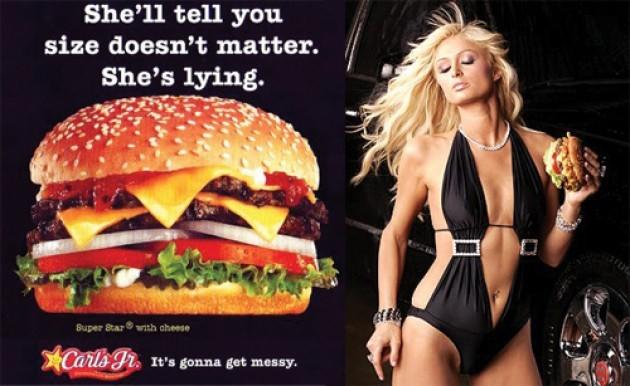
10 Stats That Will Make You Rethink Marketing to Millennials
Ah, millennials. We’re the grown-up versions of the kids that Barney promised would be special no matter what. We’re the kids that had shelves upon shelves of participation trophies growing up. We’re technology obsessed, entitled, and downright narcissistic.
We’re also the biggest emerging opportunity for marketers.
Who exactly qualifies as one of these dreaded millennials? According to Dictionary.com, a millennial is defined as anyone born in the 1980s or early 1990s; a member of Generation Y. Anyone born after 1997 falls into Generation Z.
As we Gen Yers grow up and enter the work force, we’re earning more money than ever before and we’re pumping it right back into the U.S. economy. With an annual buying power of $200 billion, we’re an immense force. It’s time for smart marketers to learn more about this demographic’s behavior and start adapting their campaigns to target these new buyers. The bottom line is, you can love us or hate us, but you certainly can’t afford to ignore us. In this post I’ll share ten stats that will change the way you approach marketing to millennials. (Also check out our generational marketing strategies for targeting Baby Boomers and Gen X.)
Stat #1: 89% of millennials trust recommendations from friends and family more than claims by the brand. –Kissmetrics
Definitely my top two favorite old-school celebrity endorsements.
Gone are the days where celebrity endorsements were the number one way to attract new business. Very few millennials are hitting up the Carl’s Jr. drive-through just because a scantily clad Paris Hilton loves their burgers. Instead, we’re heading there because we’ve heard great things about it from our friends and family.
This is great for small to medium-sized businesses. Let me assure you, convincing your existing fans to promote your brand is way cheaper than paying stars to pose with your products. So, how do you go about creating these customer evangelists?
First things first, it’s critical to ensure you are giving all of your customers the best experience possible. In a world where anyone can take to social media and broadcast their dissatisfaction to thousands, every interaction with your business counts. Examine your processes closely to understand your customers’ experiences and brainstorm new ways to delight them with your services. Sometimes tweaking the smallest details can make a profound impact.
You may even consider running a “secret shopper” program to get a first-hand account of what it’s like to shop for, purchase, receive, and use your products. We gave this exercise a shot here at WordStream last year and it resulted in many new, positive changes for customers.
Remember, all it takes is one negative experience for customers to take to their social networks and destroy your reputation amongst their peers. While situations like these are bound to happen from time to time, it’s important to be actively engaged with your community and address these grievances in a transparent, timely manner. In fact, if you deal with these issues the right way, you might even be able to turn a disgruntled customer into an advocate.
Stat #2: Nearly half (44%) of millennials are willing to promote products or services through social media in exchange for rewards. –Aimia
We millennials are certainly not shy about sharing positive product experiences with our contacts, especially when there’s an incentive involved. We’re seeing an increasing number of businesses catch onto this trend and use it to their advantage. Perhaps the biggest success story when it comes to this tactic is from Uber, the app that is responsible for the popularity of ridesharing.
When Uber launched in San Francisco in 2010, early adopters were huge fans. They raved to their friends about this new service that delivered a black car in minutes, eliminating the need to chase down taxicabs, deal with disgruntled drivers and scrounge up the cash to pay their fares. App usage spread like wildfire and the company attributed its growth largely to these squadrons of customer advocates. Seeing the power of this word-of-mouth marketing, Uber executives sought to take this one step further. They decided to incentivize users to promote Uber to their peers in exchange for free rides.
This was a genius move on Uber’s part. Based on their great experience with the app, users were already encouraging their friends and family to give it a shot. Adding a financial incentive made them ever more eager to recommend it. Given the positive recommendation and low barrier to entry (their first ride was free, after all!), scores of new users signed up.
Since Uber’s implementation of this tactic years ago, we’ve seen many companies follow suit, including its top competitor, Lyft. When Lyft came on to the scene, most rideshare users were already Uber devotees. Since the services are nearly identical, there was no reason for Uber users to give Lyft a shot. So, Lyft offered an even more appealing incentive plan for new users. As a result, their market share is steadily growing.
Stat #3: 84% of millennials report that user generated content on company websites at least somewhat influences what they buy. – Bazaarvoice
When marketing to millennials, know that they don’t just want to hear what YOU have to say about your product, they want to hear what your customers have to say about it. If there are no user reviews readily available on your website, they’re likely to hunt them down elsewhere. Do you really want to risk having them leave your site? Instead, give clients the opportunity to share their experiences directly on your product pages.
Rent the Runway has this strategy down pat. Given the scores of formal events we millennials find ourselves schlepping to (believe me, at 27 I’m already on the verge of debt thanks to countless weddings, bachelorette parties, and bridal showers), the concept of renting a designer dress, rather than shelling out the cash to buy it outright, is incredibly appealing. It’s also incredibly daunting. Without having the opportunity to try the dress on in person, it’s tough to know how it’ll fit.
That’s where user generated content comes in. For every article of clothing featured on Rent the Runway, there’s a slew of customer reviews. Users are encouraged to share a picture of themselves wearing the gown, a rundown of their physical characteristics, details on the overall fit and a general feedback on their experience with the product. Paging through these reviews, you can get a really good sense for the quality of the dress, whether it will work with your body shape, and an idea of what size to order.
For me, these reviews are a game changer. Given my hardly modelesque, 5’1” frame, it’s refreshing to see what these dresses look like on actual people with figures more similar to my own. Plus, I trust these women’s descriptions of the products way more than the retailers’, as they feel genuine and honest. Sure, in some cases, the feedback has dissuaded me from making a purchase. But, it’s also ensured that I have a positive experience when I do order, which has made me both a loyal customer and a brand advocate.
Stat #4: More than 90% of millennials own smartphones. –Pew Research
I’ll admit it, we millennials are addicted to our phones. In fact, we’re guilty of checking our smartphones an average of 43 times a day! The bottom line is, if you want to market to millennials, your brand needs to be present on our favorite, omnipresent devices.
It goes without saying—you absolutely need to be running mobile ads and, more importantly, these ads must direct users to a top-notch mobile site. I can’t tell you how many times I’ve landed on outdated, poorly-designed mobile landing pages and immediately returned to the SERP to find a new, better option. If you’re guilty of sending searchers to crappy landing pages, it’s crucial that you get your act together before you’re left in the dust (check out my top tips to revamp your mobile landing pages).
Making it easy to complete transactions on your mobile landing pages will pay off—millennials do follow through with phone-based purchases. In fact, according to a 2014 Annalect survey of smart phone users age 19 to 33, 40% said they have used their smartphones to make an actual purchase. No doubt, as retailers create sophisticated mobile sites and apps, this behavior will continue.
Stat #5: 77% of millennials participate in loyalty reward programs. –Aimia
Despite our steadily increasing buying power, most Gen Y individuals are by no means wealthy. Therefore, we’re the perfect demographic to target with loyalty rewards programs. I, myself, am a proud holder of rewards cards for CVS, Nordstrom, Walgreens, Sephora, the tiny coffee stand in my office building, and numerous other businesses. Whenever I need to buy something, I favor these establishments, knowing that I’m building my arsenal of reward points and/or getting a discount on my purchase.
It may only be $1.50, but it feels so darn good to get these.
While these programs may be a pain to set up, they can make a significant impact on your bottom line. Not only are millennials more likely to make repeat visits to your establishment to build their rewards portfolio, data also shows that they buy more. According to e-Marketer, one-third of millennials report buying something they didn’t need or want just to earn points or increase their membership status.
Stat #6: 61% of millennials are worried about the state of the world and feel personally responsible to make a difference. –Huffington Post
Our hippie parents tried to instill their values in us, and it looks like it worked (at least to some degree!). We millennials love to feel like we’re making a difference. So, one of the best ways to get us hooked on your products is to make us feel good about buying them.
Remember when TOMS shoes took the nation by storm? These shoes were nothing special. In fact, they were overpriced ugly, shapeless, canvas slip-ons that developed an insufferable odor after only a few wears. And yet, for years they were one of the most popular shoe manufacturers in the United States. Millennials, including myself, were completely gaga over these hideous shoes. Plenty of discount brands copied the style and produced replicates for half the price, but they were completely unsuccessful. We were fiercely loyal to the TOMS brand.
How did TOMS get us under its spell? Simple—it’s an incredibly ethical company, committed to making a difference in underdeveloped countries. Their promise is that, for each pair of shoes purchased, it will donate a pair to a child in need. Knowing they’re helping impoverished children gives millennials an added incentive to buy their shoes (and feel good about it).
Sure, very few businesses have crazy-impressive, socially-responsible models like TOMS. However, that doesn’t mean you can’t leverage this millennial marketing strategy anyway. Take Dove, for example. Its bath products and business model aren’t much different from its competitors’, but it has branded itself as social advocate. In 2004, it launched the Campaign for Real Beauty, with ads that feature real women whose bodies do not fit the stereotypical norms of beauty encouraging viewers to embrace their bodies, regardless of their shape or size. Along with these ads, Dove established a foundation to promote high self-esteem and “inspire and educated girls and women about a wider definition of beauty.” Even though Dove products are pretty run of the mill, sales rose because people felt good supporting this cause.
The bottom line is, if your company is involved in charitable works, don’t hesitate to highlight this in your marketing efforts. No doubt, the “good guy” reputation and “feel good” incentives will pay off in dividends.
Stat #7: 84% of millennials don’t trust traditional advertising. –Hubspot
When it comes to millennials, old school, traditional marketing is not the route to go. We’re skeptics of impersonal methods like radio and magazine ads, pop-ups, cold calling and direct mail campaigns, which feel disruptive. Instead of pushing your products on us, give us a reason to come to you.
When it comes to social media outlets like Twitter, Instagram and Facecbook, strive to create images which feel like native content on the platform. The goal is for posts to showcase your products in a natural way that doesn’t make them feel like advertisements. Sauza Tequila employed this strategy with their Day of the Dead Instagram picture featured above. Rather than sharing an image of a huge bottle of tequila with Sauza plastered all over it, Sauza’s team created a beautiful, eye-catching image that could easily be something a friend shared during a cocktail party. As a result, it got numerous likes and comments from fans.
Stat #8: Millennials account for more than seven in ten Snapchat users. –eMarketer
Given its attribution challenges and low market penetration, Snapchat is somewhat of a “dark hole” that many marketers try to avoid. However, if you’re looking for new ways to connect with the millennial population, Snapchat might be a venue worth exploring.
We’ve seen brands embrace this new frontier in many fun, creative ways. In 2014, GrubHub launched their first ever “SnapHunt”, a scavenger hunt managed completely through Snapchat. Each morning, they posted a food-related challenge on their story and fans snapchatted back their entries. GrubHub randomly selected 10 winners a day and gifted them $50 credits, causing quite a buzz on social media.
Everlane, a budding clothing retailer, found another unique way to leverage Snapchat. Their shtick is that they’re a fully transparent company—they provide a full breakdown of the costs to create each of their products and how much they’re marking them up—and they use Snapchat to draw back the curtain a little further and share more about their company philosophy and culture. Their snaps feature company parties, office tours and even their warehouses in action.
Stat #9: 90% of millennials can be found on Facebook. –Hubspot
We’re obsessed with Facebook—in fact, most millennials log more than two hours a day on the social media platform. So, if you’re looking to market products or services to millennial customers, this is definitely one of the best places to do it.
The game-changer for Facebook marketing is that the platform has a vast amount of personal data for each user. It knows about our educational backgrounds, past and current occupations, critical life events (engagements, new jobs, divorces, you name it!), geographic location, net-worth and much, much more. Advertisers can leverage these highly-specific targeting options to reach get their ads in front of their most-prized prospects.
Remember those “creepy” personalized ads in Minority Report? They’re not so creepy to us millennials nowadays.
Advertisers can then create highly personalized Facebook ads that are guaranteed to resonate with their target groupings. It’s important to note that, with millennials, it’s ok to go this route. Advertisers are often wary of creating ads that are super specific to ones needs, for fear that they’ll be perceived as creepy or invasive. This sentiment is far more common around order generations. In contrast, millennials are more comfortable knowing that their personal data is online. They have come to expect and prefer ads that are catered to their interests and needs.
Stat #10: Millennials are 44% more likely to trust experts, who happen to be strangers, than advertisements and 247% more likely to be influenced by blogs or social networking sites. –Hubspot
No one makes a purchase because some swarthy salesman tells them they need it. Yet, if an expert whom they admire and trust recommends a product, they’ll be reaching for their wallets in no time. This is especially true for millennials, who spend a great deal of time researching potential purchases before taking the plunge. To ensure they find your products as they go about this research, you’ll need to make sure experts are touting them. You can execute this mission one of two ways.
A recent post from Cupcakes and Cashmere, a lifestyle blog that fuels my online shopping addiction. As you can see, she features outfits from various designers, with links to their product pages.
In some cases, all you need to do is get your products in the hands of the right people. This tactic is a goldmine for advertisers who sell clothing, beauty products, sporting goods, furniture and home décor, cooking supplies—basically anything that appears on popular lifestyle blogs. For example, let’s say you’re a boutique clothing line. Make a hit-list of popular fashion bloggers and Instagrammers whose styles are similar to your own. Reach out to them to introduce them to your brand. Offer to send them samples of your products and explain that, if they like them, you’d love to see them feature a review of it online. If they move forward with it, this could be a major win for your business. If not, ask them for feedback on what they liked and didn’t like about it so you can make iterations for the future.
Another tactic is to become a trusted expert yourself. Far too many companies use their blogs solely to champion their products and services. Newsflash—no one wants to read that crap! Instead, your goal should be to create high-quality content that is actually relevant to what potential customers are looking for.
Start by using a keyword tool to identify high-volume keywords related to your industry. Are your competitors ranking for these terms? If not, take the opportunity to create content on these topics. That way, when people search for these queries, they’ll be introduced to your brand. If your competitors are already dominating the top keywords, start by covering more niche, longer tail keywords that they’ve not yet focused on.
Once you’ve created a kickass blog, two incredible things will happen. Firstly, you’ll build a network of fans who respect your thought leadership and, by virtue, hold your products in high regard. These guys will become your brand advocates. Secondly, you’ll have the opportunity to connect with top-of-the-funnel prospects who may eventually become customers.
Get those millennial dollars
The best way to prepare for future marketing trends is to study the behavior of the demographic that will soon become the dominant buying power. Get to know Gen Y now and explore creative marketing strategies to connect with us. No doubt, it will pay off dividends in the years to come!


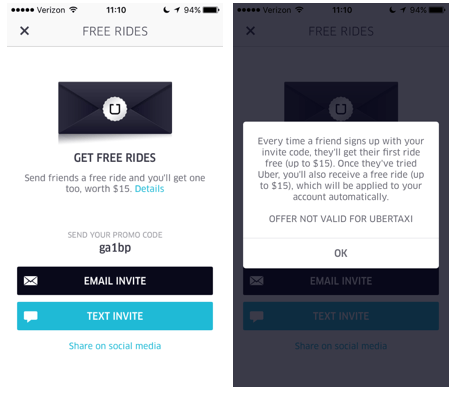
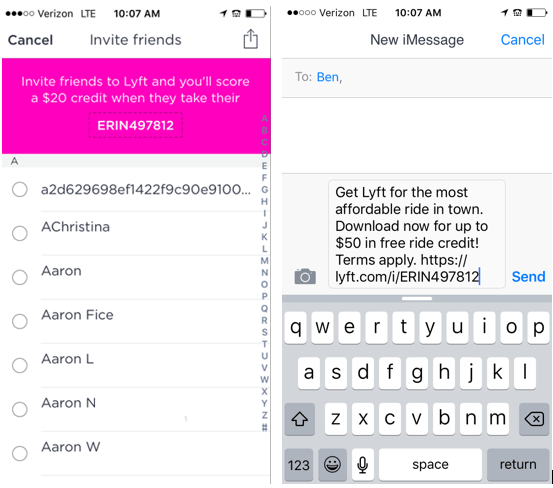
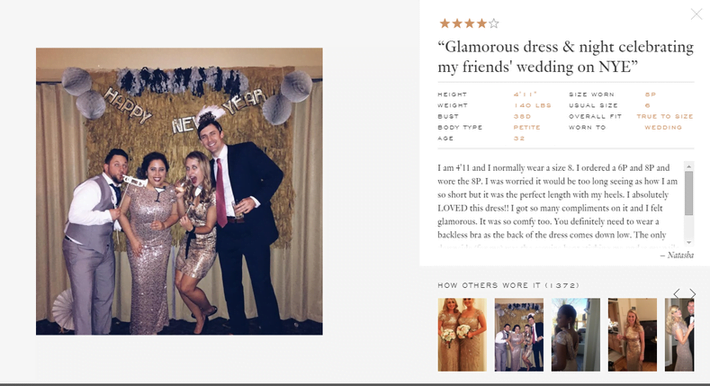



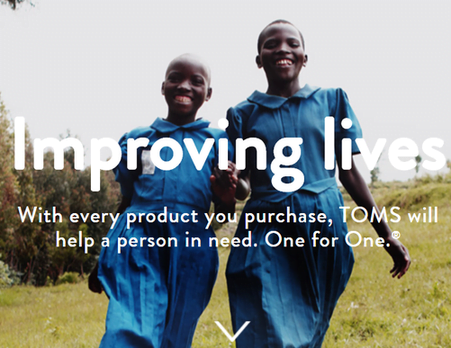
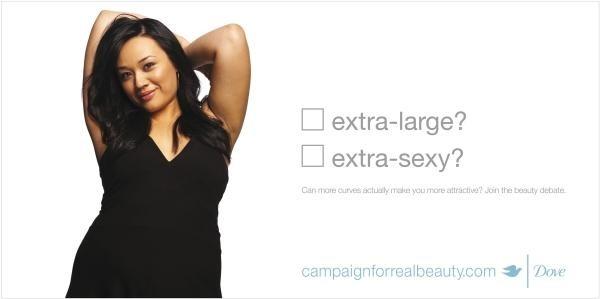
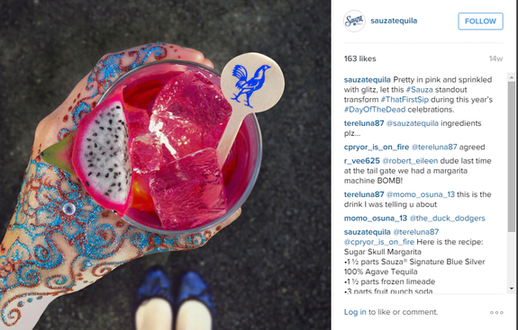
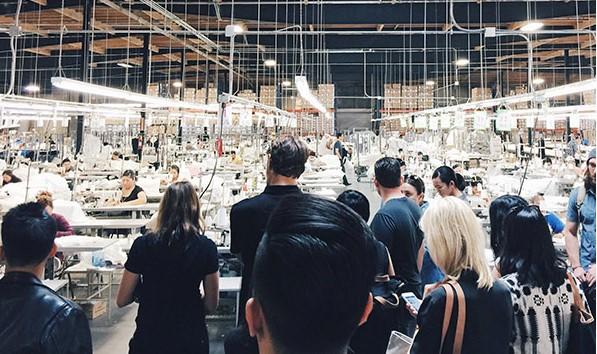
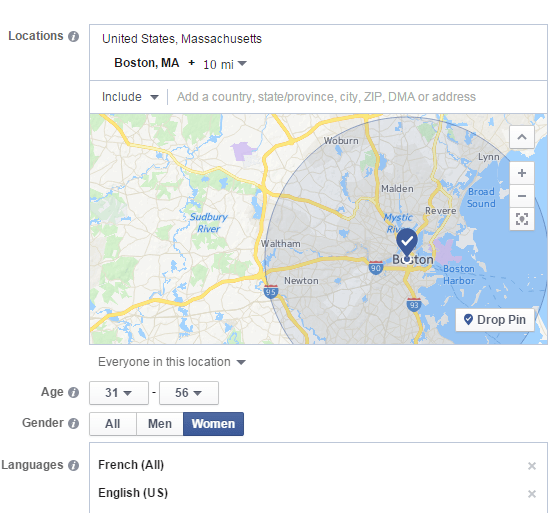
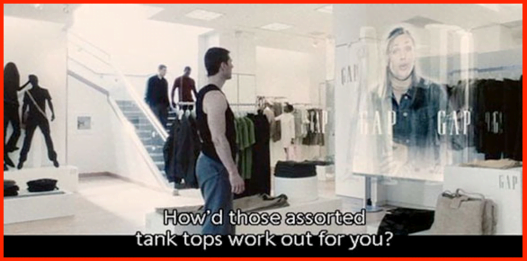



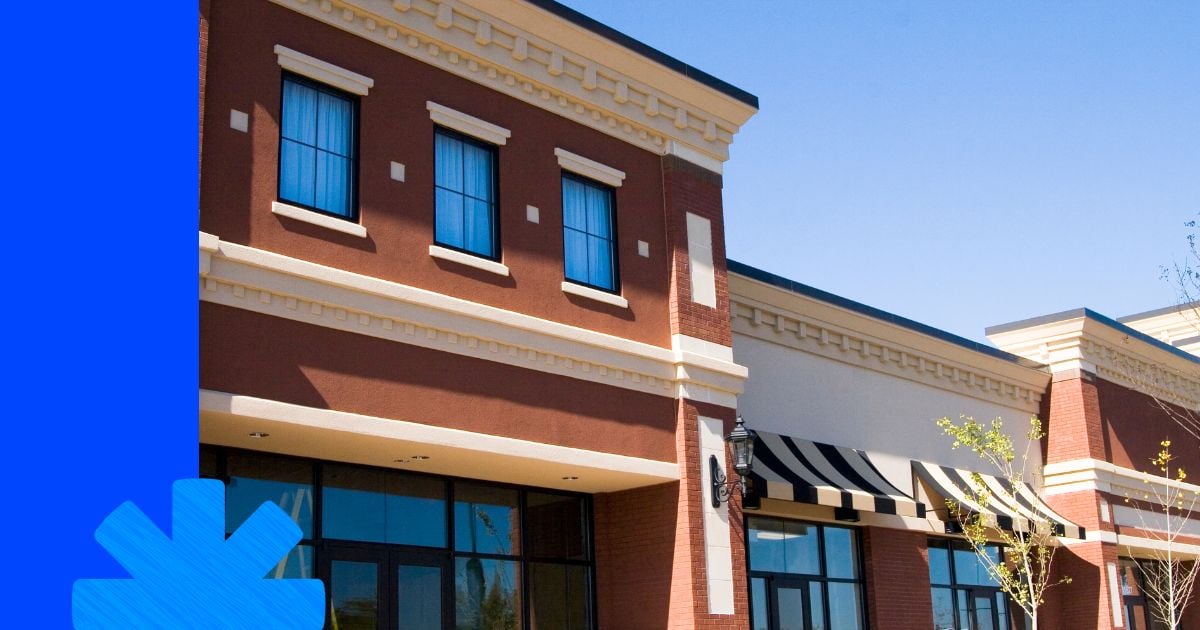





Comments
Please read our Comment Policy before commenting.